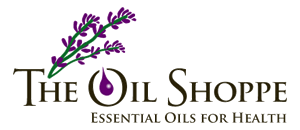Foraha oil, (Tamanu), ECOCERT, Madagascar - Not refined is typically green, dark, and milky, however color variations do occur. Our fresh material from 2011 was harvested from Madagascar's West Coast and has a Khaki color due to less rain. The decrease in rain results in a Khaki Foraha shell, thus the color variation. Increased rainfall produces a green Foraha shell and accompanying darker, greener oil indicative of the material we normally resource from North East Madagascar. When filtered the oil will be golden. It has an under appreciated vegetable scent although its other properties provide its appeal.
Foraha is luxuriant and moist. It smoothes and softens the skin without leaving a residue because it readily absorbs. It makes an exceptional carrier oil.
The botanical name Calophyllum Inophyllum is derived from the Greek, Kalos meaning beautiful and Phullon meaning leaf. It is also know as Indian Laurel, Alexandrian Laurel and Tamanu. In Samoa it is called Fetau, and Penaga Laut in Malaysia. Hawaiians call it Kamani or Kamanu. In Madagascar of course, it is Foraha.
Scientists have taken special interest in Foraha. Studies done in 1998 at University of Sherbrooke in Canada analyzed Foraha and determined coumarin in the oil contained two compounds, calanolide A and calanolide B that other studies concluded were useful against HIV. Trying to inhibit the Epstein-Barr virus scientists in Japan studied several 4-phenylcoumarins taken from Foraha. They concluded calocoumarin-A, produced positive results. Charles Darwin referred to Foraha in an article he penned in 1855 titled "Does Seawater Kill Seeds?"
Soapers can use Foraha to add moisturizing characteristics to their products.
Additional information
| Weight | N/A |
|---|---|
| Size | |
| SKU | |
| Species | |
| Part | |
| Method | |
| Class | |
| Country |
You must be logged in to post a review.






Reviews
There are no reviews yet.